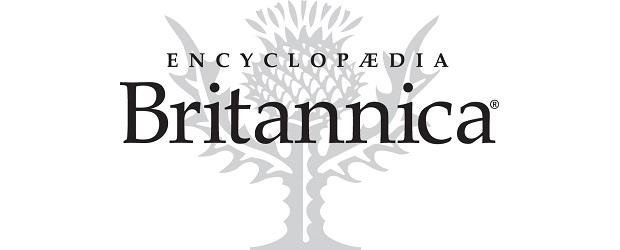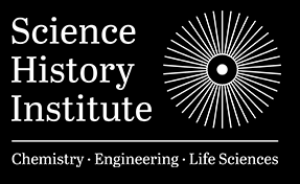The Commission
Formally established in 1899, the Commission on Isotopic Abundances and Atomic Weights remains one of the oldest continuously serving scientific bodies. It was created in order to introduce uniformity in the atomic-weight values used worldwide.
The creation of the International Commission charged with evaluation of the atomic weights dates back to 1897, when soon-to-be Nobel laureate Hermann Emil Fischer proposed the creation of a working committee to report on atomic weights. The working committee consisted of the future Nobel laureate Prof. Wilhelm Ostwald (University of Leipzig), Prof. Karl Seubert (University of Hanover), and was chaired by Prof. Hans H. Landolt (Berlin University).
This committee published its first report in 1898, wherein it suggested the desirability of an International Committee on atomic weights. To this end, on 30 March 1899 the invitation was sent to national scientific organizations worldwide to appoint delegates to the International Committee on Atomic Weights.
The Great International Committee on Atomic Weights was formed in 1899, and consisted of 56 delegates from eleven countries — United States of America, Belgium, Germany, United Kingdom, The Netherlands, Japan, Italy, Austria-Hungary, Russia, Sweden, and Switzerland. Among the members were science luminaries such as Stanislao Cannizzaro, Sir William Crookes, and Clemens Winkler, just to name few.
Over the years, the CIAAW has undergone several name changes yet it has maintained its continuity:
(1899-1902) The Great International Committee on Atomic Weights,
(1902-1920) International Committee on Atomic Weights,
(1920-1922) IUPAC International Committee on Atomic Weights,
(1922-1930) IUPAC International Committee on Chemical Elements,
(1930-1979) IUPAC Commission on Atomic Weights (also referred to as the International Commission on Atomic Weights),
(1979-2002) IUPAC Commission on Atomic Weights and Isotopic Abundances,
(from 2002) IUPAC Commission on Isotopic Abundances and Atomic Weights.
Today, the Commission operates under the auspices of the Inorganic Chemistry Division of the International Union of Pure and Applied Chemistry.
Members of the Commission meet biennially usually a week prior to the IUPAC General Assembly where matters pertaining to the Commission's purview are discussed.

CIAAW
The Commission on Isotopic Abundances and Atomic Weights was established in 1899 and it remains one of the oldest continually-serving scientific bodies in the world.

Encyclopaedia Britannica (1910) 11th ed, vol. 9
"To avoid the uncertainty arising from this inevitable state of affairs, an international committee was formed by the cooperation of the leading chemical societies"

Science History Institute
Since the 1990s, the Science History Institute, formerly the Chemical Heritage Foundation, located in Philadelphia (USA) hosts archival records of the CIAAW.

CIAAW members area
>> CIAAW Working Documents


